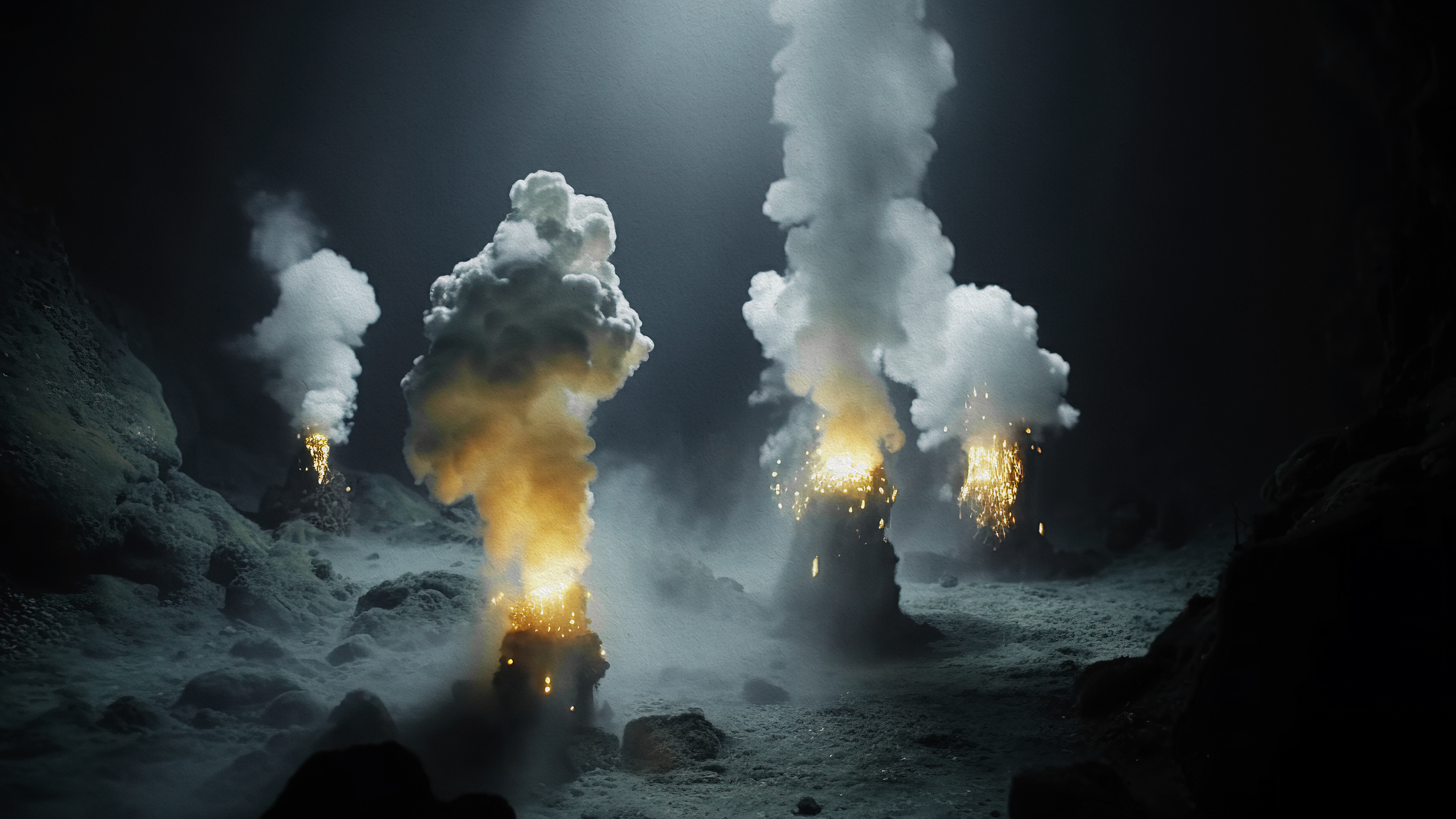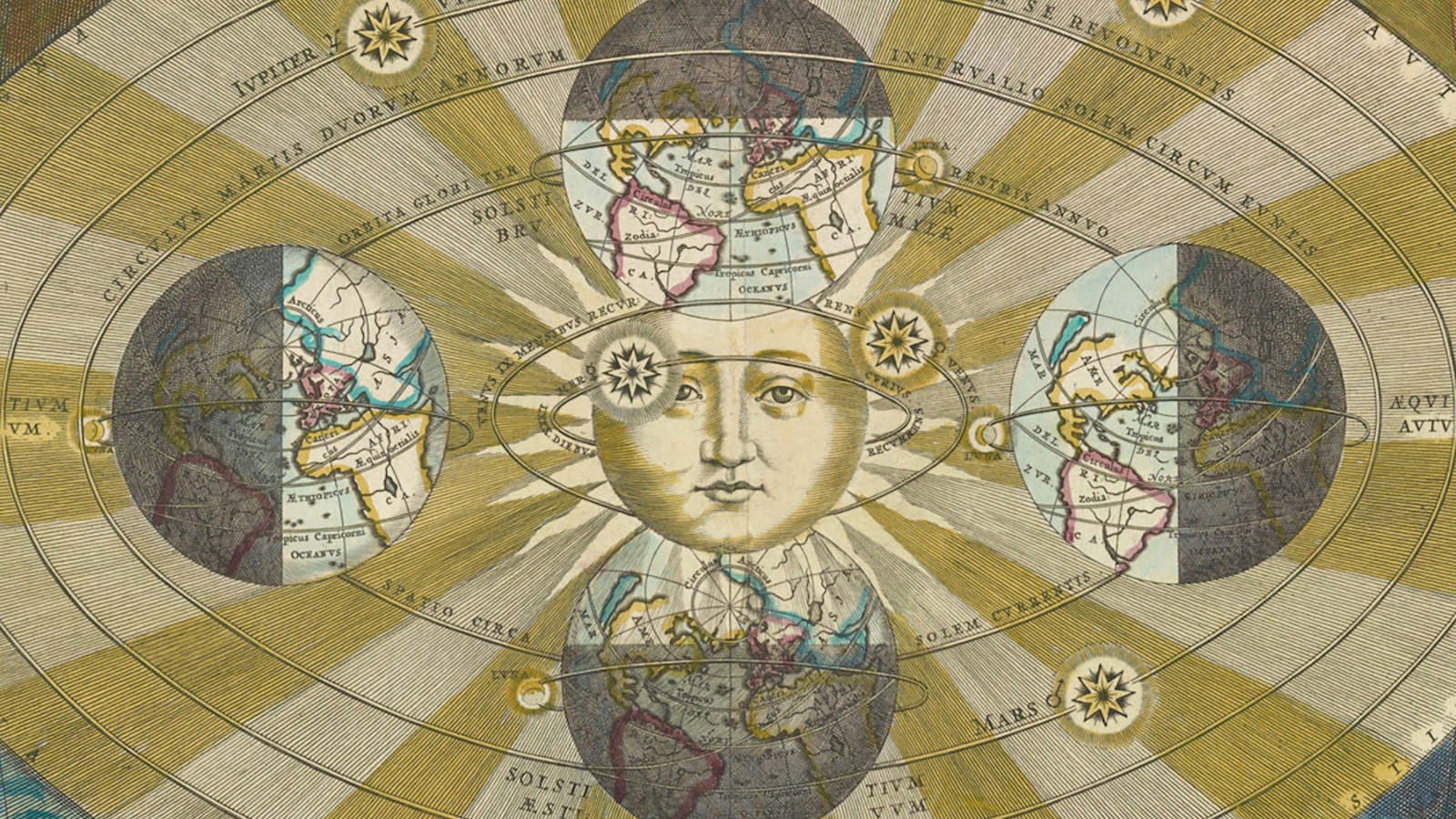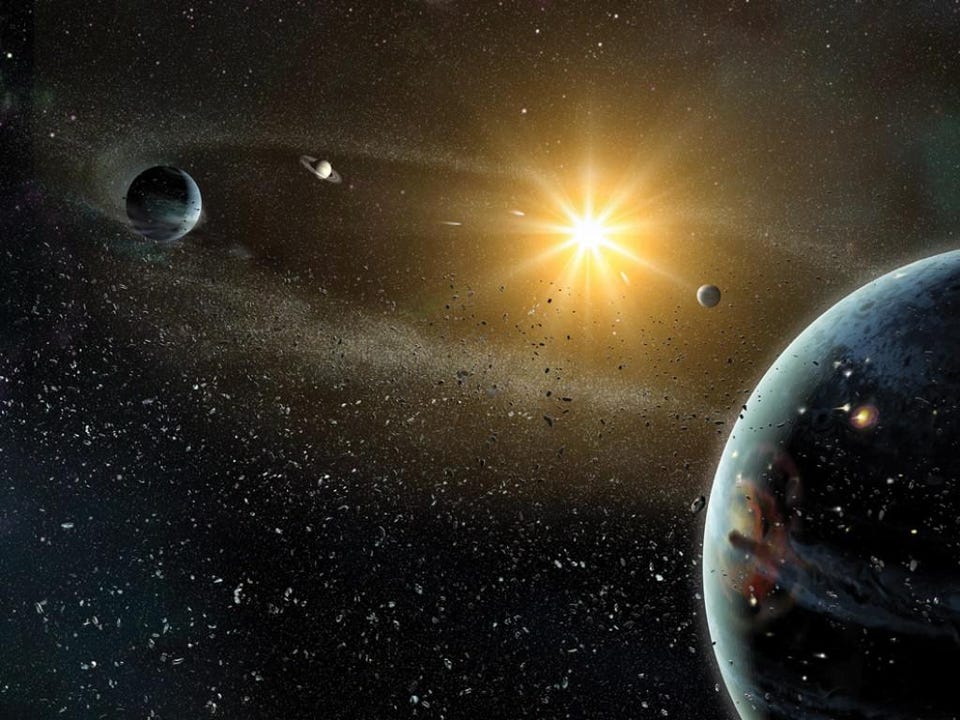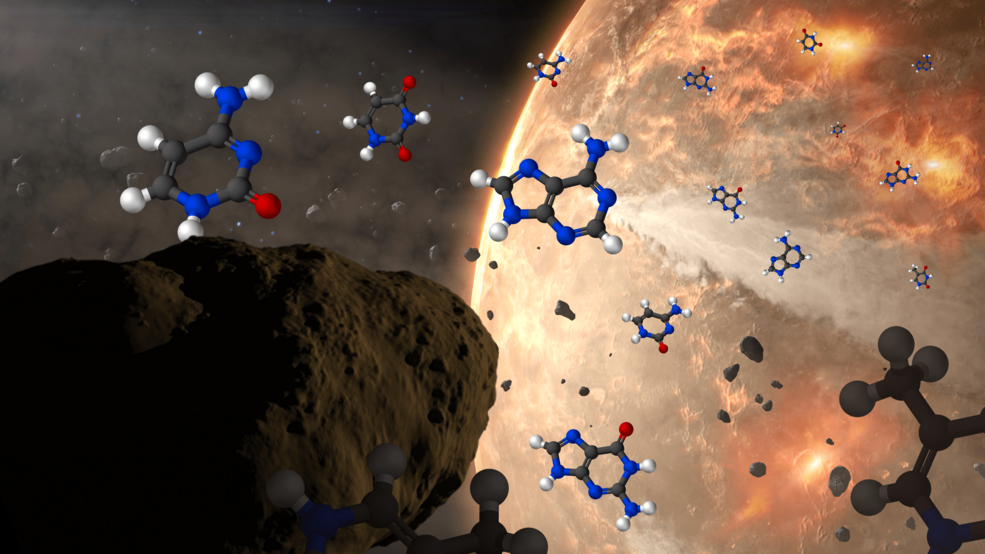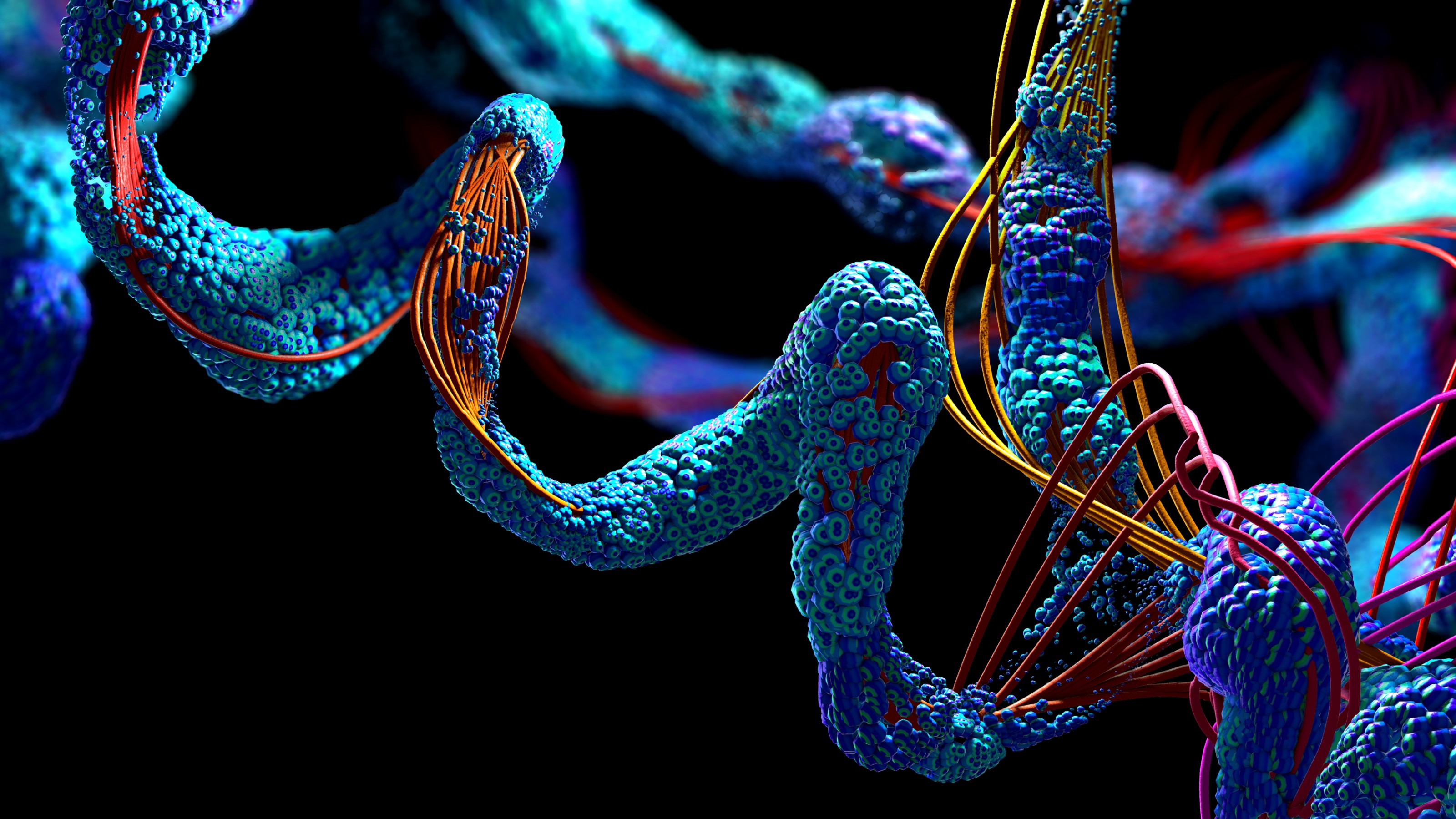The ocean vents where life on Earth likely began
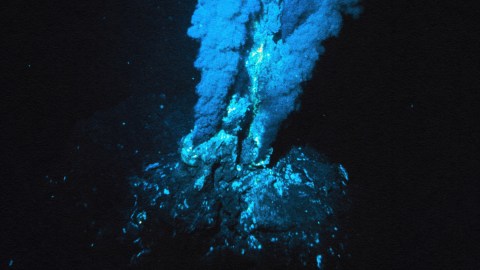
- In a recent paper, two biologists, with over 75 years of collective experience researching the origins of life, outlined where and how they think life formed on Earth.
- They think that a hydrothermal vent at the bottom of the ocean was the likeliest location for the start of life. These vents have billions of microchambers constituting a “vast array of simultaneously running semi-independent experiments.”
- Over thousands of years, “vent creatures” formed inside them and eventually escaped into the wider ocean, where they changed the world forever.
Earth, a little over four billion years ago: The planet was still in its infancy, coming together just 500 million years prior. There was little to no oxygen. The surface — what little there was — was barren, scorching, and volcanic. Instead of land, there was water, lots of it. Earth was an ocean world. And it was in this global ocean that life formed for the very first time.
To be fair, nobody can say with certainty when, where, or how life first came into being. Separated from the momentous event by billions of years, scientists can only speculate how a self-sustaining chemical system became capable of transmitting genetic information from parents to progeny. But that speculation is not blind. Researchers have spent more than a half-century probing basic biological systems, poking around for primitive fossils, and searching for the places that could have roiled life into existence. In light of this extensive hunt, two biologists with over 75 years of collective experience think they have enough information to outline how life began. In a paper recently published in the journal Life, they shared their educated vision of life’s origins.
The two authors are Clifford Brunk, a professor of cell and molecular biology at the University of California, Los Angeles, and Charles Marshall, a professor of paleontology at the University of California, Berkeley. They started with a humble caveat: their story is just that — a story.
“We undertake this effort in full recognition of the fact that we do not yet have a comprehensive understanding of all steps in this path, and that many will disagree with aspects of our narrative,” they wrote.
But it’s a tale that’s guided by the scientific literature, so it has a strong spine. It unfolds in three parts.
Part I: The vent of life
Long ago, deep in the ocean, there was a vast system of alkaline hydrothermal vents. At these locations, seawater that had seeped down into the earth through fissures in the ocean crust erupted back into the ocean after being heated to hundreds of degrees by underground magma. Within this constant, cacophonous flow of energy and raw materials, simple organic molecules formed from the hydrogen and carbon dioxide spewing outward. Over time, the reactions that made these molecules transformed into new ones called autocatalytic food-generated networks, or RAFs.
“Each reaction in the network is catalyzed by a molecule within the network and all molecules are produced from a small set of food molecules,” the authors explained.
You can think of RAFs like life but without instructions or direction.
“Lacking a genetic core, they remained solely the product of their environment, unable to evolve,” Brunk and Marshall wrote.
Yet in these RAFs, protein-like substances formed — as did the precursors of energy-carrying molecules. For the most part, however, RAFs just went on reacting, over and over and over again. Nothing changed…
Part II: Biomolecular magic
A unique feature of hydrothermal vents is that they form structures composed of billions of minuscule microchambers, each contained and exposed to different conditions and reactants. They constitute a “vast array of simultaneously running semi-independent experiments,” Brunk and Marshall described.
Eventually, in one of them, biomolecular magic occurred: ribonucleic acid (RNA) appeared. Suddenly, genetic information could be stored, replicated, and transmitted. Non-life had become life.
These RNA molecules then formed enzymes called ribozymes, which catalyze biochemical reactions. At this point, things really got cooking.
“Proteinoids, polysaccharides, lipids, and other macromolecules combine with the replication of RNAs to produce quasi-cells, vent creatures, within the microchambers,” the authors wrote.
These creatures subsequently started making specific proteins, one of which was ATP synthase. ATP synthase is very important because it makes ATP, the nucleotide that provides energy to drive and support processes in living cells. Vent creatures could thus make energy on the go, not just within their cozy microchambers. And so, they ventured out…
Part III: Breaking free and changing Earth
Occasionally, hydrothermal vents break apart, thus spilling the contents of their microchambers. Initially, when this happened the vent creatures inside would simply die. But eventually, some may have persisted. Though these explorers at first remained very close or even attached to the hydrothermal vents, sustained by the warm, material-rich waters, they started to move farther and farther, until one day, they left home altogether.
Out in the ocean, the vent creatures might have moved up the water column, eventually rising to the photic zone, where the Sun’s light is strong enough to provide energy. They evolved the ability to photosynthesize, producing oxygen as a byproduct. At this point, oxygen was essentially a foreign element, unknown to Earth. Over millions of years, the vent creatures produced so much that they oxidized the oceans and the atmosphere.
“This was the most profound change on Earth ever produced by living systems,” Brunk and Marshall commented.
Basic life now had crafted elemental fuel that would permit it to grow in complexity. Microscopic life that emerged around a scalding crack in Earth’s surface had now irrevocably changed the entire planet. Life as we know it would never be the same.
